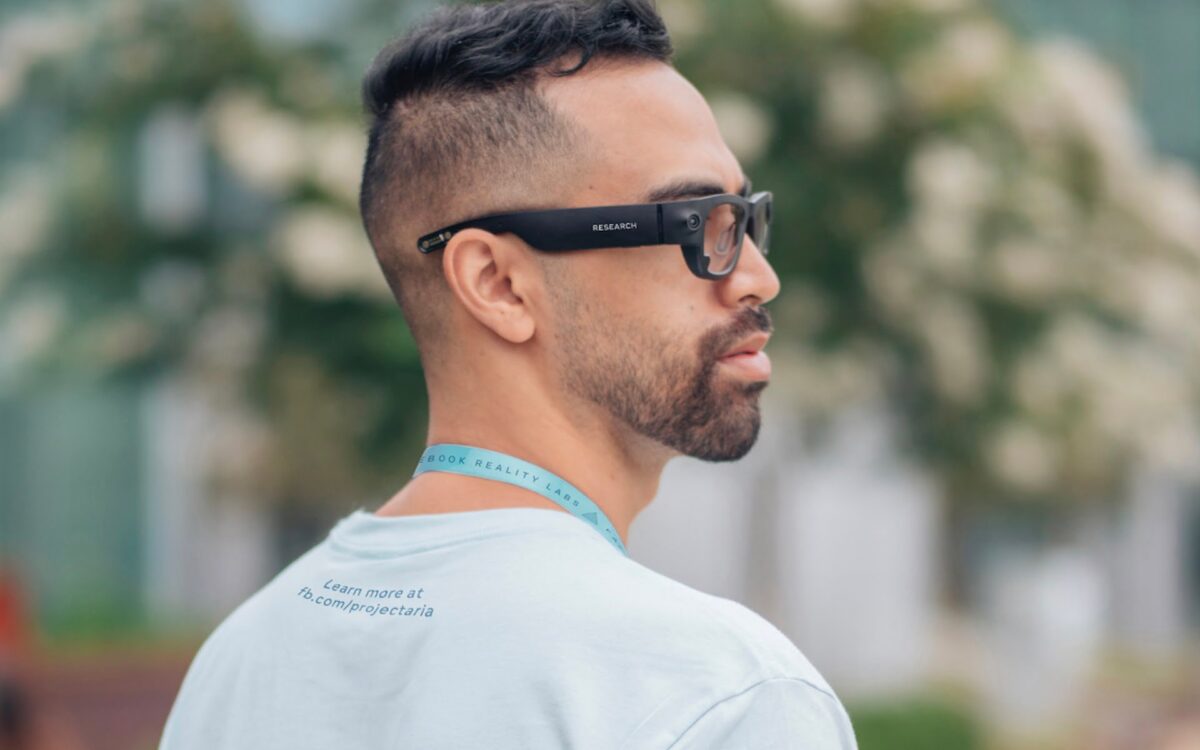Meta's first AR headset aims to be a "first-ever of its kind"

Caitlin Kalinowski is leading Meta's most prestigious Metaverse project: the development of the Project Nazare AR headset. In an interview, she talks about the challenges.
Kalinowski spent six years as a product designer at Apple before joining Oculus in 2013. Following its acquisition by Facebook, she led VR hardware development for nearly a decade. In this role, she was responsible for the product design of the Oculus Go and later the Oculus Quest.
In March 2022, Kalinowski moved into augmented reality and has since led the development of Project Nazare, Meta's first AR headset. This hardware is a top priority for Mark Zuckerberg: The AR headset should one day replace the smartphone and reduce Meta's dependence on the Google and Apple ecosystems.
About half of Metaverse's investment goes into developing the hardware and software for this future super wearable, or "holy grail," as Zuckerberg calls it.
Huge challenges
But the launch of the AR headset is far from imminent, and the technical challenges compared to a VR headset are immense, as Kalinoswki explains in an interview.
"We’re developing something that’s the first-ever of its kind, and at the same time, we’re working on productizing it," Kalinowski says.

Product designer and AR hardware chief Caitlin Kalinowski. | Image: Meta
Developing something that doesn't yet exist is what the engineer calls a "new technology introduction," or NTI. For the recently released Meta Quest Pro mixed reality headset, the most challenging NTI was the pancake lens, which took four years to develop alone.
"The AR glasses that we’re working on have about six NTIs that are just as, or even more, difficult," Kalinowski says.
The fact that Meta has already released six or seven VR headsets is due to the availability of components, which often come from existing smartphone technology, and the fact that there aren't as many NTIs involved in development, Kalinowski explains.
Nazare project pushed back to 2026
"On the AR side, each NTI needs to be solved before we can even think about shipping. So the biggest difference right now is that we’re in a different phase of product development. VR is a lot further along than AR, but eventually AR will catch up," Kalinowski says.
An AR headset has to be one-sixth the weight of a VR headset or less, even though it has a more demanding task because everything on the screen has to match the physical world, Kalinowski says. In addition, almost everything has to be built and optimized to use as little power as possible, because there's not much room for a battery in an everyday AR headset.

Meta is using "Project Aria" to explore the foundations of the AR glasses future. The research-only device doesn't have a screen built in yet, but a form factor like that is what Meta could be aiming for with Project Nazare. | Image: Meta
Kalinowski does not take the many challenges lightly. She says that developing VR headsets was more comfortable for her. "For me, the process has been getting comfortable with not being 100 percent sure about when things are going to hit, when everything is going to be totally lined up."
Apple is said to have indefinitely delayed its AR headset for these reasons, while Meta's Project Nazare is currently reportedly set for 2026 - barring any more hurdles and surprises.
With hardware comes applications
But if there is a breakthrough, will AR headsets completely replace VR headsets? Kalinowski disagrees.
"They’re divergent technologies. I think we’re going to spend a lot more time in AR than we spend in VR. VR will be really important for learning, for deep, immersive experiences, while AR will be used for most of the things that you currently use your phone for," Kalinowski predicts.
The product designer said she was surprised by the popularity of fitness in VR, and that she thinks there will be unexpected uses for AR headsets, believing that the most important applications for AR have yet to be seen.
Note: Links to online stores in articles can be so-called affiliate links. If you buy through this link, MIXED receives a commission from the provider. For you the price does not change.